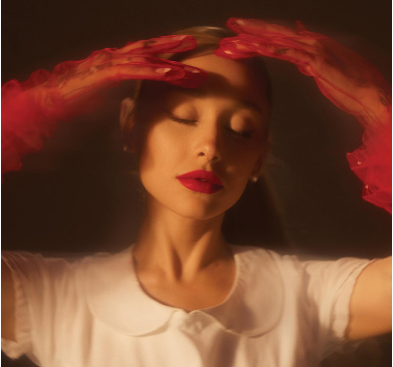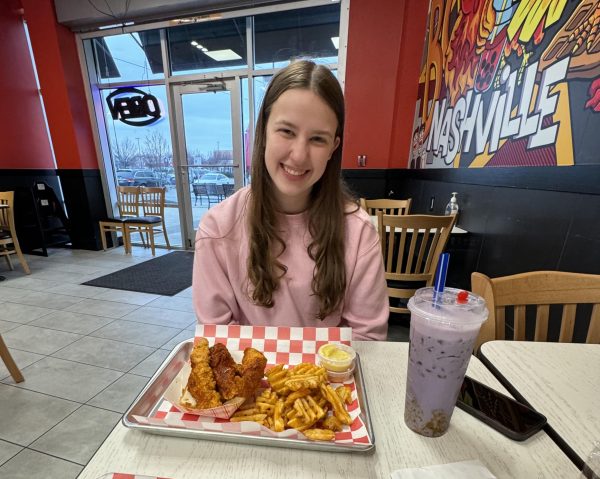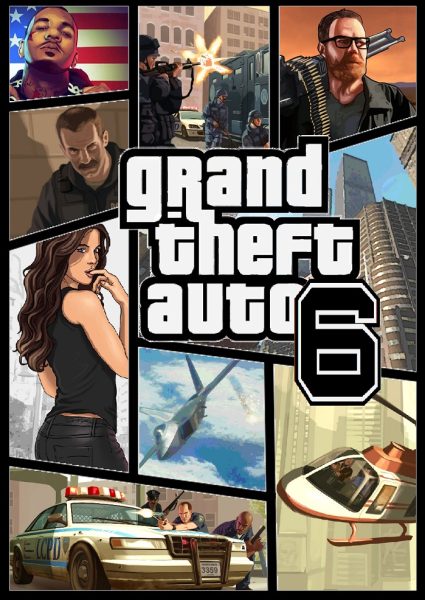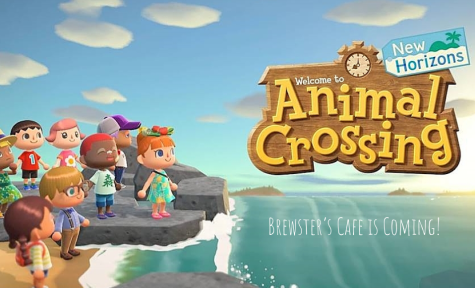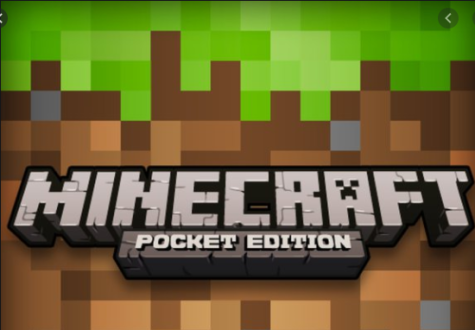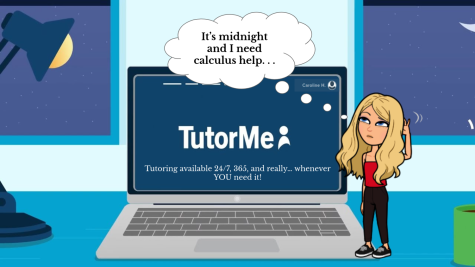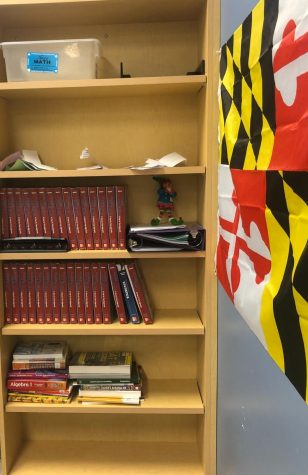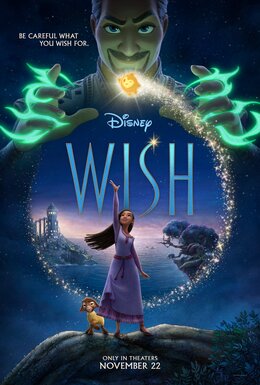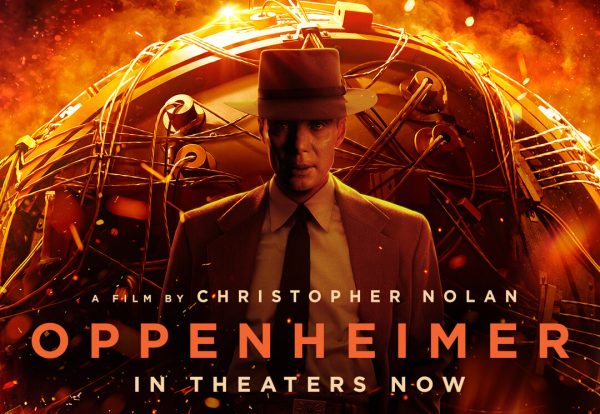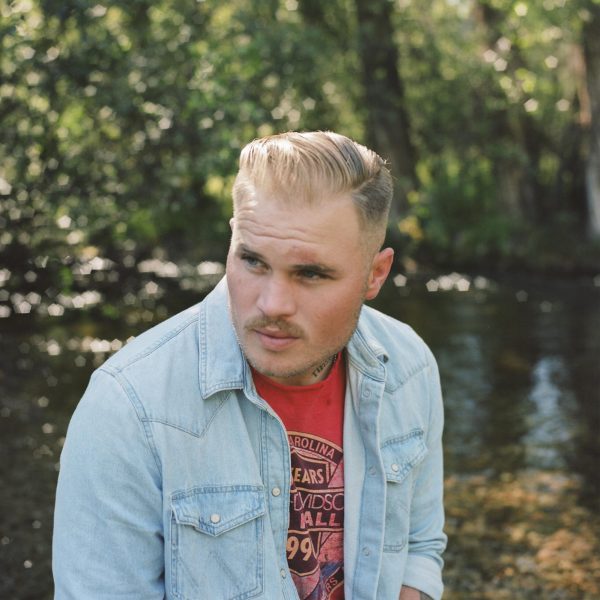Review: Young Royals crowns Netflix with inclusivity

Main characters Simon and Prince Wilhelm featured in Young Royals, are shown having a candid moment, embracing each other while they face the consequences of being in the public eye.
Netflix’s Young Royals is a raw and beautiful coming of age series that is attracting queer teens everywhere–it’s already been translated from its Swedish origin to several language subtitles. When it comes to making adolescents feel heard and understood, Young Royals does it flawlessly. This series explores race, class, sexuality, and neurodivergence.
Young Royals is unique in its realness by encompassing the nitty gritty parts of being a teen as well as the dramatic aspects that any show needs.
Young Royals has unfiltered sorrow and grief, teen angst and confusion, but also pure joy and intimacy. When Season 1 (six episode is too few!) concluded, I was in awe of how perfectly the creators exhibit the complexity, delicacy, and beauty of human connection.
Set at fictional boarding school Hillerska in Sweden, Young Royals focuses on five main characters. Despite the title, only one of the main characters is royalty. The show revolves around a romance between Wilhelm, the Prince of Sweden, and Simon, a working-class student who yearns to escape his small town.
In Episode One, Prince Wilhelm gets into a fight. He is sent to the prestigious Hillerska in order to prove that the royal family is committed to respectability and maintaining their reputation. It is evident that Wilhelm experiences the pressure of being a member of the royal family and his anxiety is visible. He struggles with belonging as well as with understanding who he is and who he is expected to become.
Also at the school, August is a second cousin to the royal family and is dealing with his own financial struggles as well as severe academic and social pressure. August deeply envies Wilhelm and often lets that get the better of him. The plot line infers that he has an eating disorder, which I think is inclusive because normally this is depicted as affecting only women.
Felice, one of my favorite characters, is a rich student at Hillerska, grapples with perfectionism and her mother’s constant pressure. While struggling to fulfill her family’s expectations as well as her own, Felice meets Sara in the stables and the two become friends. I think most teen girls can relate to the pressure of perfection.
Sara is one of the neurodivergent characters, introduced as having both Asperger’s and ADHD. Although Sara struggles, these qualities never define or limit her character. Her main difficulty is fitting in as a working-class teen with the exclusive, private school student body. When she is at home, she loses perspective and nags her family about their table manners and urges her mother to buy expensive clothes that will allow her to fit in.
Sara’s older brother is Simon. Like his sister, he struggles to fit in among his peers. Sara and Simon deal with the effects of a tumultuous home life: separated parents, an alcoholic father, and living with their single mother. Simon wants to leave his small town and focuses on academics and extracurriculars to open future opportunities.
Sometimes tv series fall to stereotypes of single parents as failures, but I like how Sara’s mother, Linda, rises to her role and demonstrates how single parents can sometimes be super-human success stories.
All in all, there are aspects from each character that viewers can relate to in some way. Through the characterization, Young Royals makes it clear that no one individual is perfect or has a perfect life despite how it seems on the surface.
Shows and movies directed at teens often feel fake, with adult actors that look like supermodels and characters that feel superficial. For example, the popular Netflix series Riverdale has conventionally attractive actors in their mid-20s playing high school students. The truth is, teenagers aren’t picture-perfect.. They have acne, awkward limbs that they’re still growing into, all kinds of body shapes, mood swings, difficulty expressing their emotions, and tense moments trying to interact with other teens. I have never watched a show that displays this more perfectly than Young Royals. Not only are the characters played by actual teens and young adults, but the actors also accurately demonstrate how their characters are finding their bearings in the world.
The first kiss between Simon and Wilhelm [Episode 2] is one of the most realistic romantic moments. Both characters are visibly stiff and clammy, stuttering over small talk at the beginning of the scene. As an artistic choice, the camera zooms in on each of their faces before the kiss, illustrating the avoided gazes and heavy, apprehensive breathing. The tension in this specific scene expresses the uncertainty and frustration that Wilhelm and many questioning teens first feel when discovering themselves. Although it would be nice to experience life through a romanticized lens, scenes in Young Royals are realistic and honest view of teen lives.
As both a teenager and a queer individual, I can highly appreciate the approach Young Royals has taken in displaying the journey of a young queer person. Through the candid scenes, diverse characters, and their unrefined emotion, this series has made LGBTQ+ teens feel heard, represented, and understood.
Rather than revolving around “coming out” like many other LGBTQ+ shows and movies have, Young Royals focuses on the importance of self-realization. This series is distinctive in that it doesn’t make a spectacle or drama out of queerness. Instead, the plot unfolds because of the romance itself, not the fact that the romance is “different” than any other “normal” relationship.
Another notable difference between Young Royals and other movies or shows about queerness is that Young Royals includes the unpleasant aspects of questioning. Part of what made me feel so understood after watching the show is how well Wilhelm represents the uneasiness one feels when beginning to question their sexuality. He captures the apprehension of becoming suddenly aware that he is different- something that takes time to accept. Throughout Young Royals, viewers watch him experience the process of embracing his own queerness, which is a truly wholesome and reassuring thing to watch as a representation of the LGBTQ+ community.
Because Young Royals is committed to showing the process of questioning and acceptance, there is an abundantly clear effort to emphasize the fact that there is absolutely nothing wrong with being queer. This is an essential message to send to LGBTQ+ teens, especially those who are in the process of self-discovery.
“But we’ve done nothing wrong” “No, we haven’t” — Wilhelm and Simon, Season 1
Aside from the meaningful messages of Young Royals, the artistic choices of the filming portray an exceptional love story. One of the most phenomenal scenes is of Simon and Wilhelm drinking in the golden morning light, laying together and relishing each other’s company [Episode 5]. The two share candid smiles and sweet laughter, one of the most heartwarming moments of the entire show. The series is littered with intentional and beautiful scenes such as these, making it all the more charming.
Overall, Young Royals is a fantastic, heartfelt series that includes love, drama, a diverse cast, gorgeous cinematography, significant messages about queerness, and the hardships of being a teen. Even after watching this series eight times, I am still captivated by the spectacular plot, relatable characters, influential scenes, and striking filming of Young Royals.
Netflix has just revealed that production will continue, and I am incredibly excited for future seasons. After all, Season 1 has had me in a chokehold since its release and is a definite must-watch.
Your donation will support the student journalists of Linganore High School. Your contribution will allow us to purchase camera/recording equipment and cover our annual website hosting costs. We hope to raise enough money to re-start a monthly printed issue of our paper.


